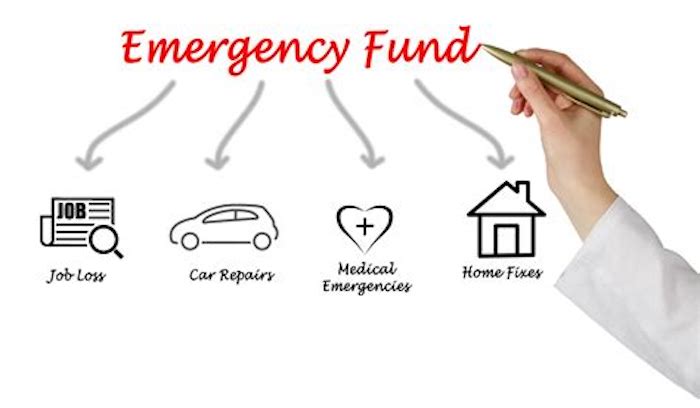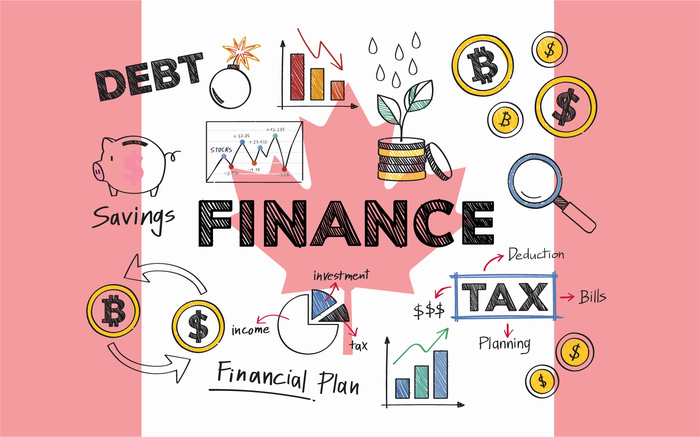An emergency fund is essential to financial planning, yet many Americans don’t have enough savings to cover unexpected expenses. According to a recent survey, 60% of Americans don’t have enough savings to cover a $1,000 emergency. This lack of preparedness can lead to financial stress, debt, and bankruptcy.
The purpose of this article is to provide a comprehensive guide on building your emergency fund and preparing for the unexpected. We’ll discuss emergency funds, how much you should save, and strategies for building and maintaining your fund. We’ll also provide tips for dealing with unexpected expenses and negotiating bills and payment plans.
By the end of this article, you’ll have the knowledge and tools to build a strong emergency fund and be better prepared for any unexpected expenses that come your way.
Understanding Emergency Funds
An emergency fund is a savings account you set aside for unexpected expenses. These expenses can include medical bills, car repairs, job loss, or any other unforeseen circumstance that may require significant money.
The Recommended Amount of Savings
Financial experts recommend saving at least three to six months’ living expenses in your emergency fund. This amount will vary depending on your circumstances, such as your job stability and family size.
Relying on Credit Cards or Loans
Relying on credit cards or loans to cover unexpected expenses can lead to high-interest debt that can be difficult to pay off. Having an emergency fund to cover unexpected expenses is essential instead of relying on credit cards or loans.
Building Your Emergency Fund
Building an emergency fund can be challenging, but it’s crucial to financial planning. This section will discuss strategies for saving money and building your emergency fund.
Setting Financial Goals
Setting financial goals is an essential part of building an emergency fund. Start by determining how much you need to save and by when. Set realistic goals that are attainable within your budget.
Creating a Budget
Creating a budget is another crucial step in building your emergency fund. Identify your monthly expenses, including rent, utilities, and food. Then, look for areas where you can cut back on expenses, such as dining out and entertainment.
Automating Savings Contributions
Automating savings contributions is an effective way to build your emergency fund. Set up automatic monthly transfers from your checking account to your emergency fund. This will ensure that you’re consistently contributing to your savings without having to think about it.
Maintaining Your Emergency Fund
Maintaining your emergency fund is just as important as building it. In this section, we’ll discuss tips for keeping your emergency fund intact and ensuring that it’s there when you need it.
Reassessing Your Financial Goals
It’s essential to reassess your financial goals regularly. As your circumstances change, you may need to adjust the amount you’re saving each month. Reassessing your goals will help you stay on track and ensure that you’re still working towards building a strong emergency fund.
Avoiding Temptation
It’s essential to avoid the temptation to dip into your emergency fund for non-emergency expenses. Your emergency fund should only be used for unexpected expenses, such as medical bills or car repairs. Avoid using it for other expenses, such as vacations or shopping trips.
Considering Interest Rates
Consider keeping your emergency fund in a high-yield savings account. This will help you earn more interest on your savings, which can help your emergency fund grow faster.
Dealing with Unexpected Expenses
Despite your best efforts, unexpected expenses can still arise. In this section, we’ll discuss strategies for dealing with unexpected expenses and how to use your emergency fund effectively.
Prioritizing Expenses
When faced with unexpected expenses, it’s essential to prioritize your expenses. Determine which expenses are the most critical and address those first. For example, if you need to repair your car to get to work, that should take priority over other expenses.
Negotiating Bills and Payment Plans
If you’re struggling to pay bills due to unexpected expenses, consider negotiating bills and payment plans. Many creditors and service providers are willing to work with customers to create a payment plan that works for both parties.
Using Your Emergency Fund
If you need to use your emergency fund, make sure to use it wisely. Only withdraw the amount you need to cover the expense and avoid using your emergency fund for non-emergency expenses.
Rebuilding Your Emergency Fund
After using your emergency fund, it’s essential to rebuild it as quickly as possible. Revisit your financial goals and create a new plan to rebuild your emergency fund. Consider increasing your automatic savings contributions or finding new ways to save money.
FAQ
Q: How much money should I have in my emergency fund?
A. Financial experts recommend having at least three to six months’ worth of living expenses saved in your emergency fund.
Q: Can I use my emergency fund for non-emergency expenses?
A. No, your emergency fund should only be used for unexpected expenses, such as medical bills or car repairs.
Q: What should I do if I need to use my emergency fund?
A. Only withdraw the amount you need to cover the expense and avoid using your emergency fund for non-emergency expenses. After using your emergency fund, it’s essential to rebuild it as quickly as possible.
Q: Can I keep my emergency fund in a checking account?
A. It’s recommended to keep your emergency fund in a separate savings account, such as a high-yield savings account. This will help you earn more interest on your savings and keep your emergency fund separate from your day-to-day spending.




